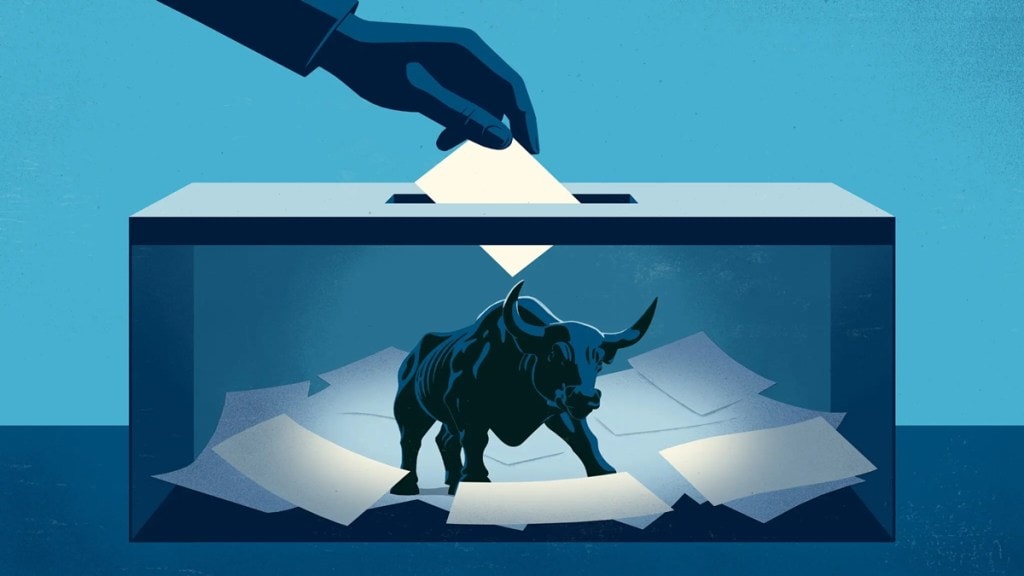During election years, stock market predictions gain momentum. The stakes are high as Donald Trump and Kamala Harris prepare for the most anticipated economic and political event in 2024. The 2024 US election results are expected to significantly influence US stock markets and global markets.
S&P Dow Jones Indices did a study taking data from Dec. 31, 1945, to Dec. 29, 2023, to find out what the election year mean to the markets.
The study shows that in presidential election years since 1945, the S&P 500 rose in 79% of these years and gained an average of 6.8%. In reality, the S&P 500 YTD return is about 20% while over the last 12 months, the index has gained a bit over 30%.
And, for election years following the second term, the S&P 500 rose only 63% of the time and gained an average of only 1.1%. The reason attributed to such a performance could be that in general, Wall Street hates uncertainty, and since WWII, incumbents running for reelection were approved 71% of the time.
Without an incumbent in the race, both candidates are unknown quantities.
US Vice President Kamala Harris effectively secured the Democratic party’s presidential nomination on August 2. Over the last 3 months since Harris took up the mantle, the S&P 500 is up by over 7%.
S&P Dow Jones Indices study shows that since 1945 once a president is in office, the average return of the S&P 500 has been 7.1% if they are Republican and 11.1% if they are Democrat.
But, can the stock market predict who the next president will be?
Past performance is never an indicator of future performance, but looking at the data for every election since 1944, S&P Dow Jones Indices study throw up the data as below:
If the S&P 500 posted gains over the period from July 31 to October 31, the party currently controlling the White House won the election 82% of the time.
If the S&P 500 posted losses between July and October, the party controlling the White House lost 89% of the time.
But it need not have to be that way. The S&P 500 did do well in some of the election years following second terms, rising 11.8% – in 1952 when the departing President was Harry S. Truman.
Also, in 1988, the S&P 500 gained 12.4% when the departing President was Ronald Reagan. Similarly, the S&P 500 gained 9.5% in 2016 when the departing President was Barack Obama.
Therefore, the study concludes that as many variables besides party affiliation affect these average returns,
they have presented data without concluding.


